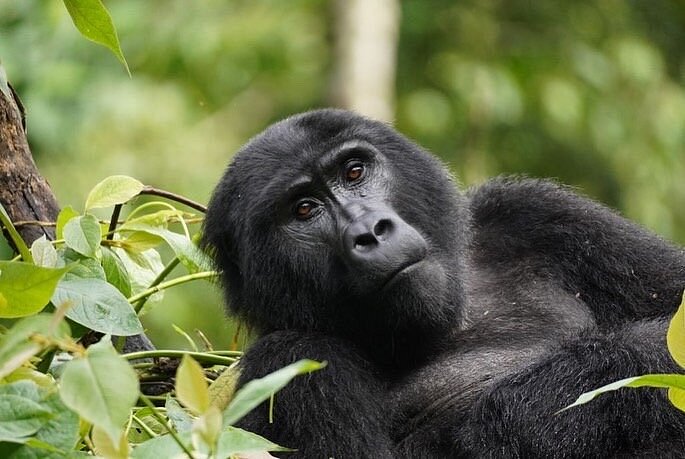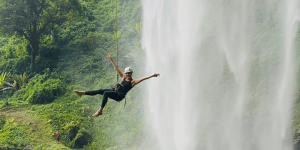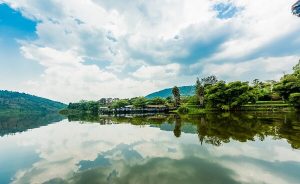The Name Bwindi, A Home To Gorillas : The name Bwindi is a directly translates to `a place of darkness’ locally called Mubwindi. The name was got from a famous swamp that is located in the south eastern part of the national park which is called Mubwindi. Both Bwindi impenetrable national park and Mgahinga gorilla national park were once one forest not until the people who came from rwanda and settled within the kigezi highlands that later separated the two forests. The Abarenje clan settled in the Rubuguri region in the southern part of Bwindi impenetrable forest and always moved from one place to another in search of fertile soils since they were cultivators.
The meaning of Bwindi impenetrable literally means difficult to penetrate through. Therefore, a famous swamp has a big history that is attached to it by the locals. This is because as the Abarenje clan were shifting from Rubuguri to Kayonza in the northern sector of the impenetrable forest until they reached the boogy swamp within the ruhija which had many rivers and surrounded by forested hills which made it to be impassable.

As they tried crossing the swamp, they reached half way and the swamp started following them. The movement of the swamp made them notice that it had spirits and they were to die and then asked the spirits for guidance on how to cross the swamp. The spirits requested for their beautiful daughter named Nyinamukari who was a virgin for them to cross the swamp with ease. The parents first challenged the spirits by refusing to sacrifice their daughter for a number of days but later gave up since they couldn’t go back. They threw their daughter Nyinamukari in the swamp and crossed safely to the other side. When other people got to know about the sacrifice they decided to keep away from the swamp and called it the Mubwindi bwa Nyinamukari’ which meant the dark place of Nyinamukari.
HOME TO THE GORILLAS
Bwindi impenetrable national park was made a national park in 1991 under the supervision and protection of the uganda wildlife authority as well as Mgahinga in order to protect the endangered mountain gorillas. Before Bwindi impenetrable was named as impenetrable central forest reserve and the mountain gorillas lived in harmony with the Batwa people who depended on the forests as they were fruit gatherers and hunters, The Name Bwindi
THE two national parks of Bwindi impenetrable and Mgahinga gorilla national park are among the 4 places within Africa where tourists can find the endangered mountain gorillas. The others are the volcanoes national park in rwanda and Virunga national park in democratic republic of Congo. The Batwa people were evicted by the government which led to having challenges outside the forest since they weren’t compensated.
The national park was officially opened for Uganda gorilla safari in 1993 and thus a various gorilla families were habituated which sparked gorilla tourism in uganda. Gorilla trekking and habituation are the major activities that attract tourists within the country. Later, in 1994 the national park was declared a UNESCO world heritage site and the park has developed with gorilla trekking that is being done in the different sectors within the park such as Buhoma in the north, Rushaga as well as Nkuringo in the south and Ruhija in the east.
MOUNTAIN GORILLA FAMILIES IN BWINDI NATIONAL PARK
The first and oldest family within Bwindi national park is Mubare gorilla family which was habituated in April 1993 ready for gorilla tracking in uganda.
The national park has continued growing and of late there are 11 habituated gorilla families that include Mubare, Habinyanja and Rushegura in Buhoma the north sector , in the eastern sector known as Ruhija has Bitukura, Oruzogo and Kyaguriro gorilla families and the southern sector known as Rushaga has Nshongi, Mishaya, Busingye, Bweza, Kahungye and Nkuringo gorilla family.
Besides gorillas, Bwindi impenetrable national park has got other forest species such as 120 mammals, 11 primate species such as black and white colobus monkeys, L’Hoest’s monkeys, baboons as well as chimpanzees. The national park has elephants and antelopes as well as 200 butterfly species where 42 are natives to the Albertine rift, 350 bird species such as African green broadbill, Shelley’s crimson wing and many more.




